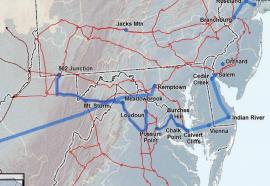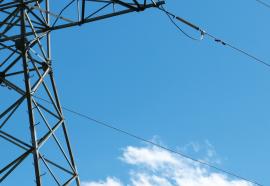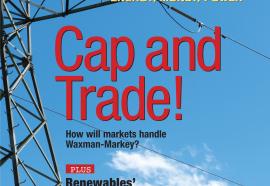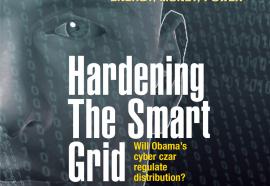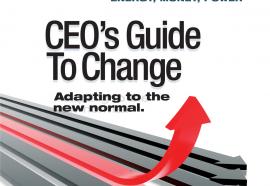Green Energy Outlook
Realizing the benefits of a modernized system requires an integrated strategy.
The U.S. power market consistently has displayed cyclical characteristics of boom and bust over the last two decades. Today’s market environment has been directly and significantly impacted by the recent economic recession. Decreases in load growth, declining commodity prices, and lack of accessible financing have caused challenges for the industry.



